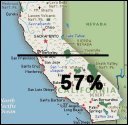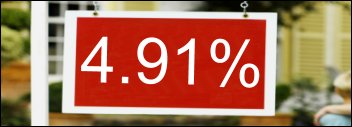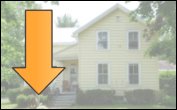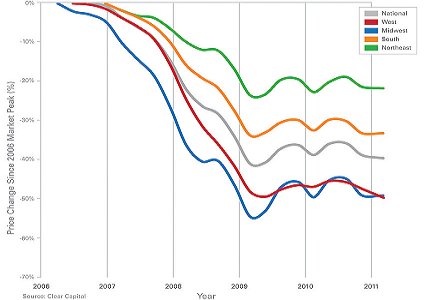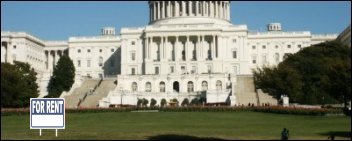
Nearly half of the homes on the housing market are now distressed properties according to the latest HousingPulse Distressed Property Index (DPI) report released by Campbell/Inside Mortgage Finance as part of the HousingPulse Tracking Survey. The DPI rose to 48.6 percent in March, the second highest level seen in the past 12 months.
As a result, one of the problems reported by respondents who contribute to the report was that the high proportion of distressed properties on the housing market has lead to difficulties for appraisers to find recently sold non-distressed properties to gauge value.
However, as a positive sign, short sales increased from 17.0 percent in February to a record high 19.6 percent in March, and the proportion of damaged distressed properties in March fell from 14.9 percent in February to 12.0 percent in March. Damaged distressed properties play even more havoc on the ability of appraisers to gauge home values by distorting the value of comparable sales. Smaller amounts of damaged distressed properties should affect appraisals less in the coming months.
Additionally, the Tracking Survey contains the Homebuyer Traffic Index (HTI), which registered a slowdown in owner-occupant activity in March as both current homeowners and first-time home buyers activity fell from 52.5 in February to 52.1 in March. The HTI for investors increased slightly from 57.1 in February to 57.2 in March.
The Campbell/Inside Mortgage Finance HousingPulse Tracking Survey involves more than 3,000 real estate agents nationwide each month and provides up-to-date intelligence on home sales and mortgage usage patterns.
Tags: Campbell/Inside Mortgage Finance, HousingPulse Tracking Survey, Distressed Property Index, Homebuyer Traffic Index, distressed property, appraisers, gauging value, investors
Source:
Campbell/Inside Mortgage Finance
ForeclosureLisings.com (image)






 April 18, 2011 (Brian Michael)
April 18, 2011 (Brian Michael)
